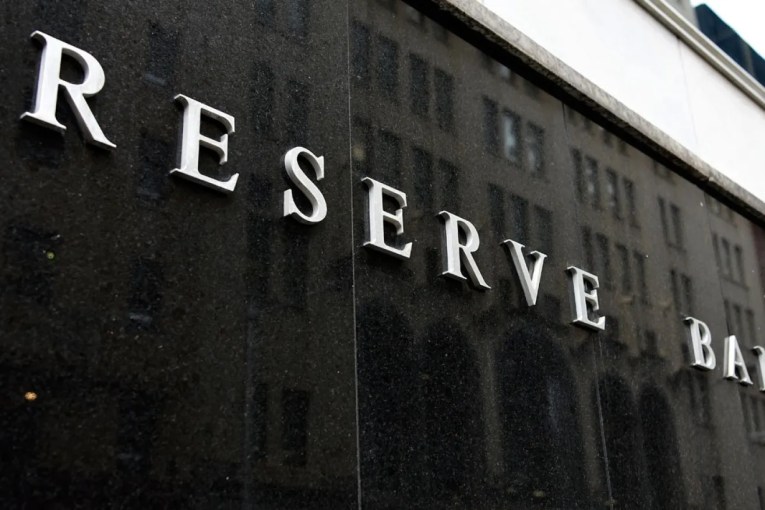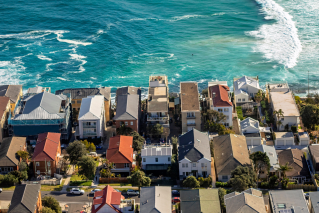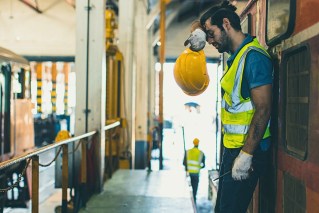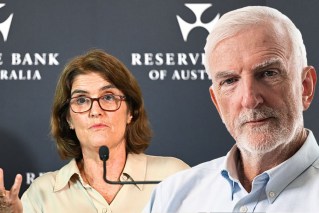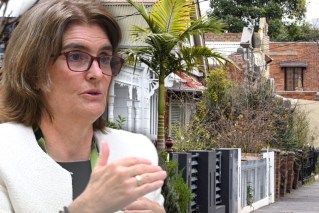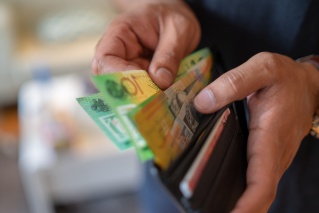It’s hot as hell for too many Australian renters

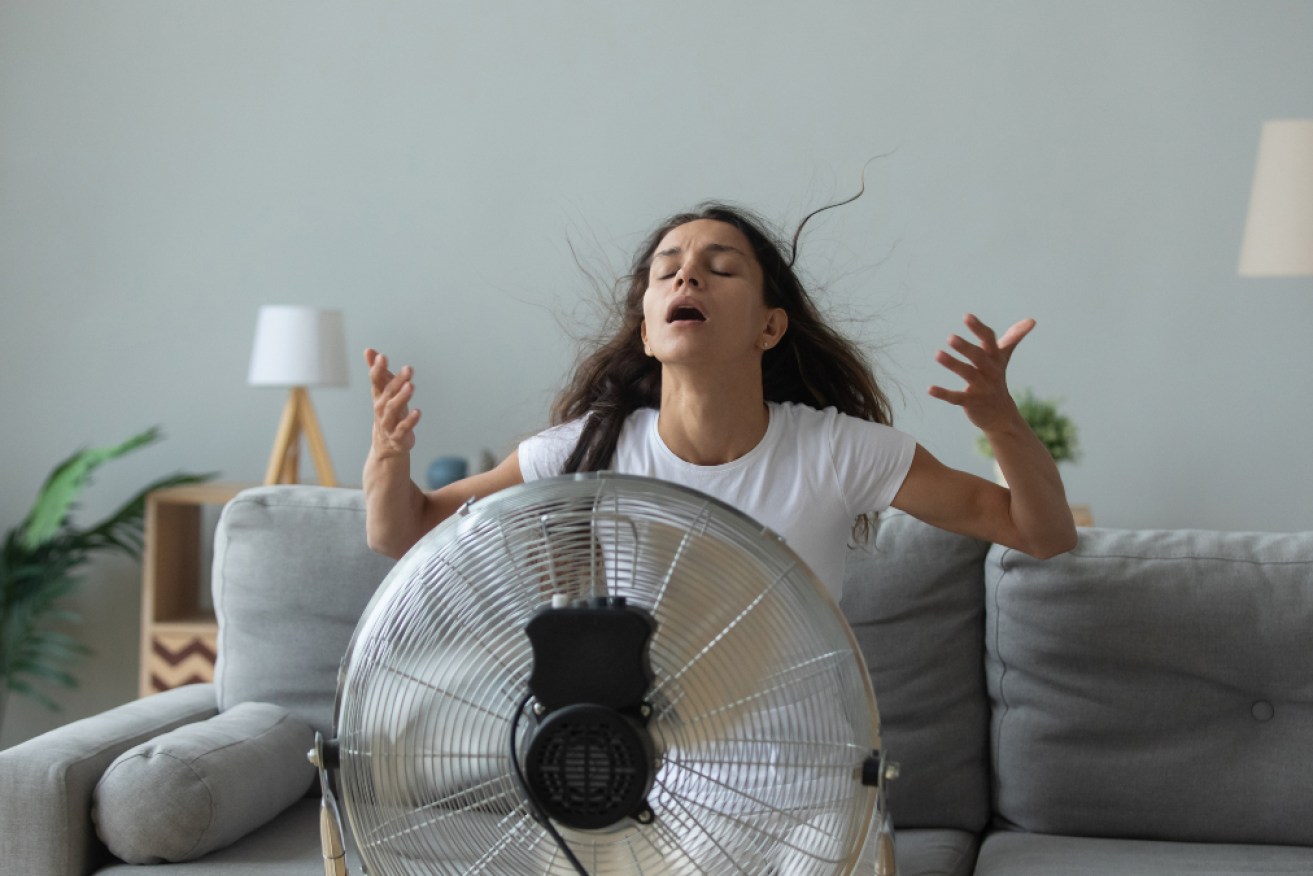
Many Aussie renters are finding their homes unbearably hot during the summer months. Photo: Getty
‘Hell’ is a common description of renters’ homes during summer months, with many Australians unable to escape the heat even with air-conditioners on or windows open, a study by Better Renting has found.
Jasmin Witham, a 28-year-old South Australian university student, has called her renovated mid-1970s unit in Unley ‘home’ for five years.
Most of the time, the indoor temperatures is tolerable. But during heatwaves, the temperature becomes “unbearable”.
The working air-conditioner in the living-room doesn’t cool the bedrooms even with the doors wide open, and a lack of ceiling fans means Ms Witham has to sleep in 30-degree heat in summer.
“When it is very hot, the heat feels inescapable … even trying to sleep naked and without covers still leaves me feeling physically uncomfortable and increasingly irritable and agitated,” she said.

Jasmin Witham sometimes sleeps at relatives’ homes to escape the heat in her unit.
Over February, Ms Witham slept in the living room for at least four nights. In the past, she has resorted to staying the night at her parents’ or grandparents’ homes to escape the heat.
“[My lack of sleep] impacts on productivity the following day, and I just find myself becoming more easily stressed or slightly more emotional,” she said.
“That probably sounds really strange, but sleep being bad just makes it hard to function.”
Ms Witham believes the issue largely comes down to poor insulation, but her landlord has refused to better insulate the unit as they believe they have met their obligations by providing an air-conditioner and window blinds.
Her partner, who lives in social housing, has it even worse; he often spends the night at Ms Witham’s unit because his home has no in-built cooling at all.
Their experiences have been echoed across Australia.
‘Almost unbearable’
Better Renting’s report found that although this past summer was unusually cool, renters still struggled with heat and humidity, due to a combination of substandard homes and rising energy costs.
From December to February, indoor temperatures in the 77 rental homes under observation were, on average, above the recommended safe temperature of 25 degrees for more than nine hours a day, and above 30 degrees for one hour a day.
Renters in New South Wales, Western Australia, Northern Territory and Queensland had the toughest time because of high temperatures and humidity.
The report found NT renters endured indoor conditions that made everyday life “almost unbearable”.
Rental home temperatures in the NT were virtually always above 25 degrees, and five hours a day were spent in indoor temperatures of more than 30 degrees. Humidity sat at about 70 per cent more than half the time.
Hot homes can be seriously harmful for short- and long-term health.
Renters said they found the heat in their homes exhausted them physically and mentally, it worsened chronic health issues, and it led to and exacerbated poor mental health.
‘Hands-off’ approach fails
While regulations vary between states and territories, landlords generally have an obligation to provide premises that are fit for habitation, University of NSW senior research fellow Chris Martin said.
Unfortunately, there isn’t a lot of guidance on what fit for habitation means.
Even when tenant’s rights to habitable homes are clearly not being met, they’re often left to pursue resolutions themselves – something many are reluctant to do given today’s tight rental market and landlords’ ability to terminate leases with no grounds.
Dr Martin said government agencies have become “very hands off” when it comes to residential tenancy regulation.
“So much of the enforcement of the law is left to tenants [who] are at a legal disadvantage, because their tenancies are insecure; they can still get no-grounds notices,” he said.
“So we’ve put the onus of regulation onto the most disadvantaged in the whole rental system.”
The Better Renting report called for no-cause lease terminations to be abolished so renters’ could better self-advocate, along with recommendations to introduce minimum energy efficiency standards for rental homes and a cap on rent increases.
Dr Martin said landlords need more information on their obligations in regard to heating and cooling of the premises they lease to people.
Spotlight on SA social housing
The Better Renting report found social housing renters in South Australia were more likely than private renters to spend time in unhealthy temperature ranges – an experience that wasn’t apparent in other states and territories.
Although Dr Martin said there wasn’t a clear reason why South Australian social housing residents would be facing worse conditions than interstate, the Australia social housing sector as a whole has been on a “starvation ration” for decades.
The sector is facing a vicious cycle of low stock and financial losses, thanks to the targeting of lowest-income households who can only afford extremely low rents, which in turn could stall stock growth.
Dr Martin said the issue could be fixed by a big investment in social housing stock so households, apart from the most needy, could be included and pay more rent, and acceptance from the government that the social housing system needs an operating subsidy.
